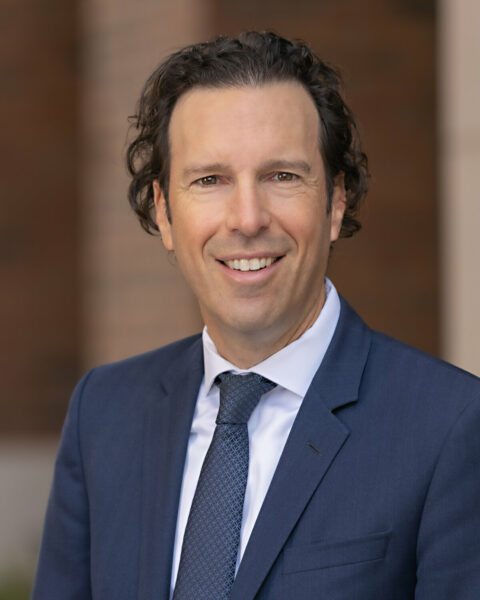By Alexander Gelfand | Standford Business
As one of three co-teachers of a Stanford Graduate School of Business course on the rapidly growing importance of older consumers and workers, Rob Chess likes to say that his colleague Laura Carstensen, the founding director of the Stanford Center on Longevity, is the expert on aging; his fellow lecturer in management, Susan Wilner Golden, has the entrepreneurial angle covered; and he represents the demographic in question. “I just got my Medicare card,” he says with a chuckle.
A serial entrepreneur who has founded and led several successful biotech companies, Chess is having a bit of fun at his own expense. But the growing cohort of older adults he belongs to — and the opportunity it represents — is no joke.
Thanks to advances in medicine and public health, people are living longer, healthier lives. The world’s population of people 60 and older is growing five times faster than the population as a whole. Global life expectancy has doubled since 1900, and experts say that children born in developed countries now have a good chance of living to 100. A “silver tsunami” is already sweeping the U.S. labor force: the Bureau of Labor Statistics projects that 36% of people ages 65–69 will remain on the job in 2024 — up significantly from the 22% who were working in 1994.
These longer-lived, longer-working individuals generate an ever-bigger slice of global GDP and control an expanding tranche of global wealth. In her recent book Stage (Not Age), Golden estimates that the “longevity economy” is worth more than $22 trillion — $8.3 trillion in the United States alone. That may be a conservative figure: AARP (the organization formerly known as the American Association of Retired Persons) estimates that people over 50 already account for half of consumer spending worldwide, or $35 trillion. (This range of figures may have to do with how “older adult” is defined: The term is variously used to refer to people over the ages of 65, 60, or — sorry, Gen Xers — 50.)
Yet the longevity market remains untapped by many businesses, which continue to ignore older consumers in favor of younger ones. “People 50 and older hold the vast majority of wealth in the country, but we’re producing products and services for people who don’t have nearly as much money to spend,” Carstensen says.








